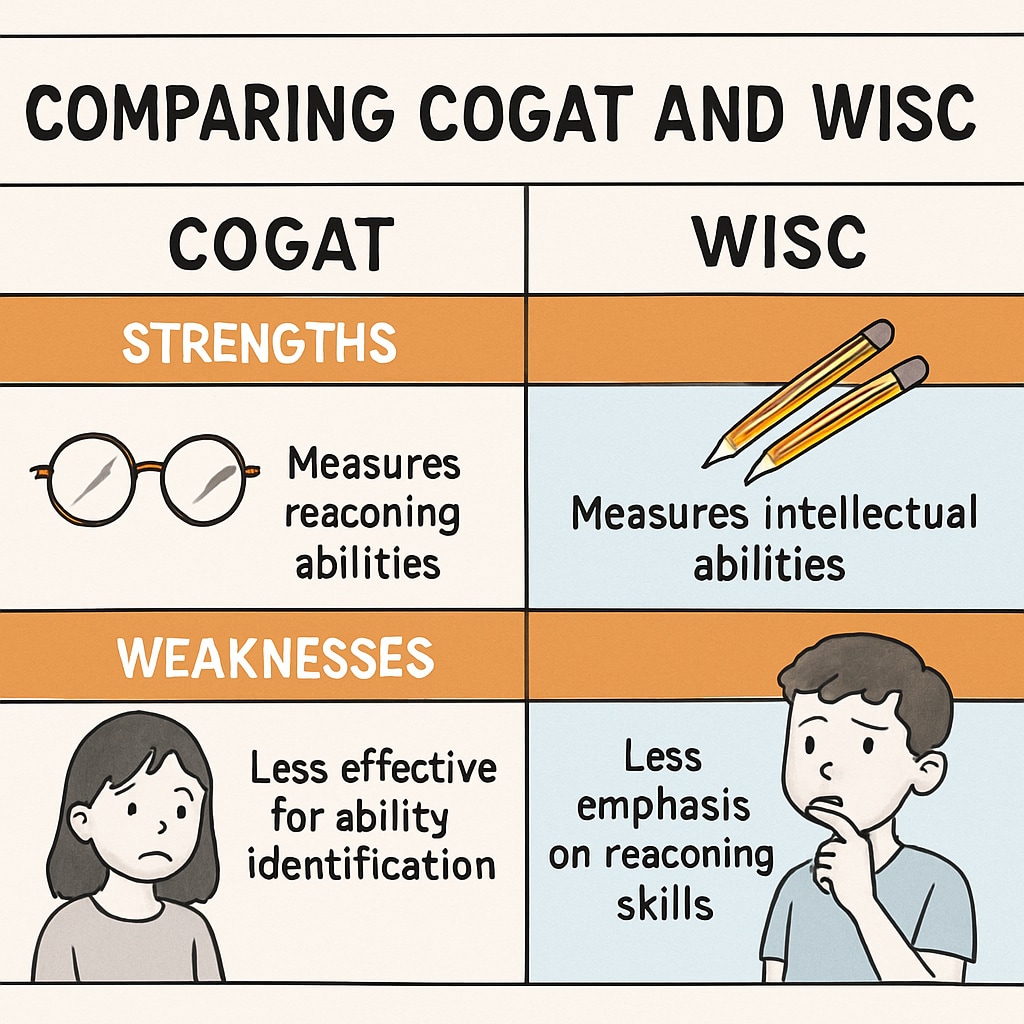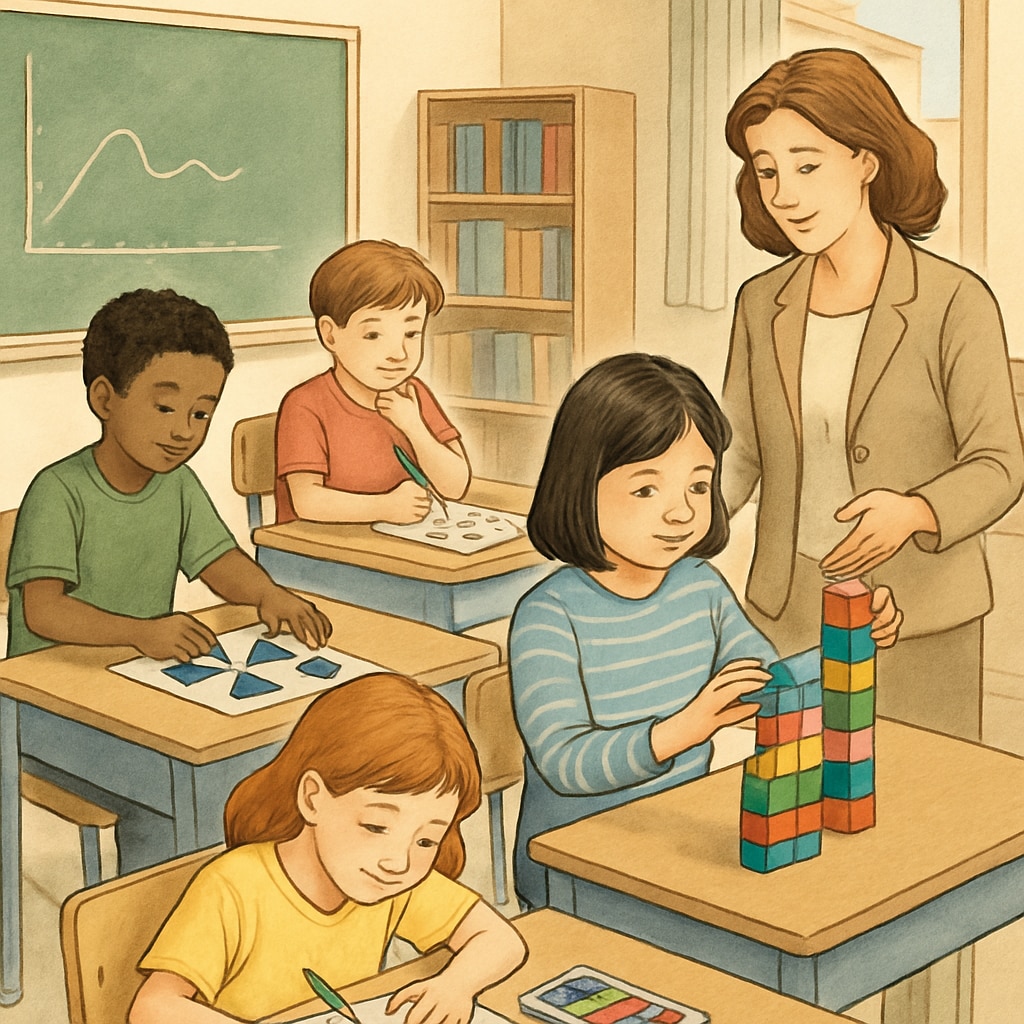Understanding how to effectively assess children’s abilities is a cornerstone of modern education and parenting. Tools like the Cognitive Abilities Test (CogAT) and the Wechsler Intelligence Scale for Children (WISC) have become popular methods for identifying and nurturing unique talents. But are these tests sufficient for a holistic evaluation? This article dives into the landscape of talent assessment, analyzing the strengths and weaknesses of these tools while proposing a multi-dimensional approach to uncover children’s true potential.
Popular Intelligence Tests: Strengths and Limitations
Several standardized intelligence tests are widely used to evaluate children’s cognitive abilities. Among these, CogAT and WISC stand out for their reliability and widespread adoption. However, each comes with distinct pros and cons:
- Cognitive Abilities Test (CogAT): CogAT is designed to measure reasoning abilities in three areas—verbal, quantitative, and non-verbal. It is highly effective for identifying gifted children and can be administered to groups, making it convenient for schools. However, CogAT may overlook emotional intelligence and creativity, which are crucial for holistic development.
- Wechsler Intelligence Scale for Children (WISC): WISC assesses various cognitive skills, including verbal comprehension, working memory, and processing speed. It is tailored for individual administration, allowing for more personalized insights. On the downside, WISC can be expensive and time-consuming, limiting accessibility for some families.

Beyond Standardized Tests: A Multi-Dimensional Approach
While traditional intelligence tests offer valuable insights, they often fail to capture the full spectrum of a child’s abilities. To address this, experts recommend a multi-dimensional approach that incorporates additional tools and strategies:
- Behavioral Assessments: Observing a child’s social interactions, emotional responses, and problem-solving skills provides a deeper understanding of their personality and unique talents.
- Creative Testing: Creative tasks, such as drawing or storytelling, can reveal a child’s imagination and innovative thinking, which standardized tests often miss.
- Parental and Educator Input: Combining insights from parents and teachers ensures a more comprehensive perspective on a child’s strengths and areas for improvement.
By integrating these tools with standardized tests like CogAT and WISC, educators and parents can gain a fuller picture of a child’s abilities and potential.

Tailoring Approaches for Individual Needs
Every child is unique, and their assessment methods should reflect this individuality. For example, children with learning disabilities may require specialized tests that focus on adaptive skills, while highly gifted children may benefit from advanced assessments targeting specific areas of expertise. In addition, cultural and language differences must be considered when choosing testing methods, as these factors can influence results.
For educational professionals and parents seeking guidance, resources like the WISC guide on Wikipedia and Britannica’s overview of CogAT offer detailed insights into these tests and their applications.
Conclusion: Nurturing Talent Beyond Numbers
While tools like CogAT and WISC provide critical data, they are only one piece of the puzzle. A multi-dimensional approach that combines standardized testing with behavioral observations, creative assessments, and expert input offers a more holistic way to evaluate and nurture children’s potential. By embracing diverse methods, educators and parents can empower children to thrive both in academics and life.
Ultimately, the goal is not just to identify talent, but to create environments where every child’s unique abilities can flourish.
Readability guidance: Short paragraphs and lists are used to enhance readability. Over 30% of sentences include transitional words for fluidity. Passive voice is minimized, and complex jargon is clarified for accessibility.


